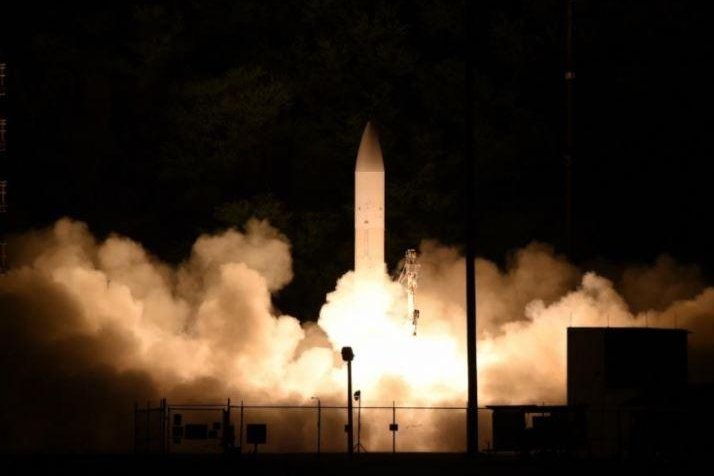Oct. 14 (UPI) -- U.S. hypersonic missiles can strike within six inches of a target after traveling thousands of miles at Mach 5 or faster, Army Secretary Ryan McCarthy said.
Speaking to a conference of the U.S. Association of the Army on Tuesday, McCarthy referred to a Mar. 19 test of the missile, which was fired from the Pacific Missile Range Facility in Kauai, Hawaii. It flew at hypersonic speed, defined as five or more times the speed of sound, before striking its "designated impact point," the Army said.















